Six house museums to visit in the world’s great cities
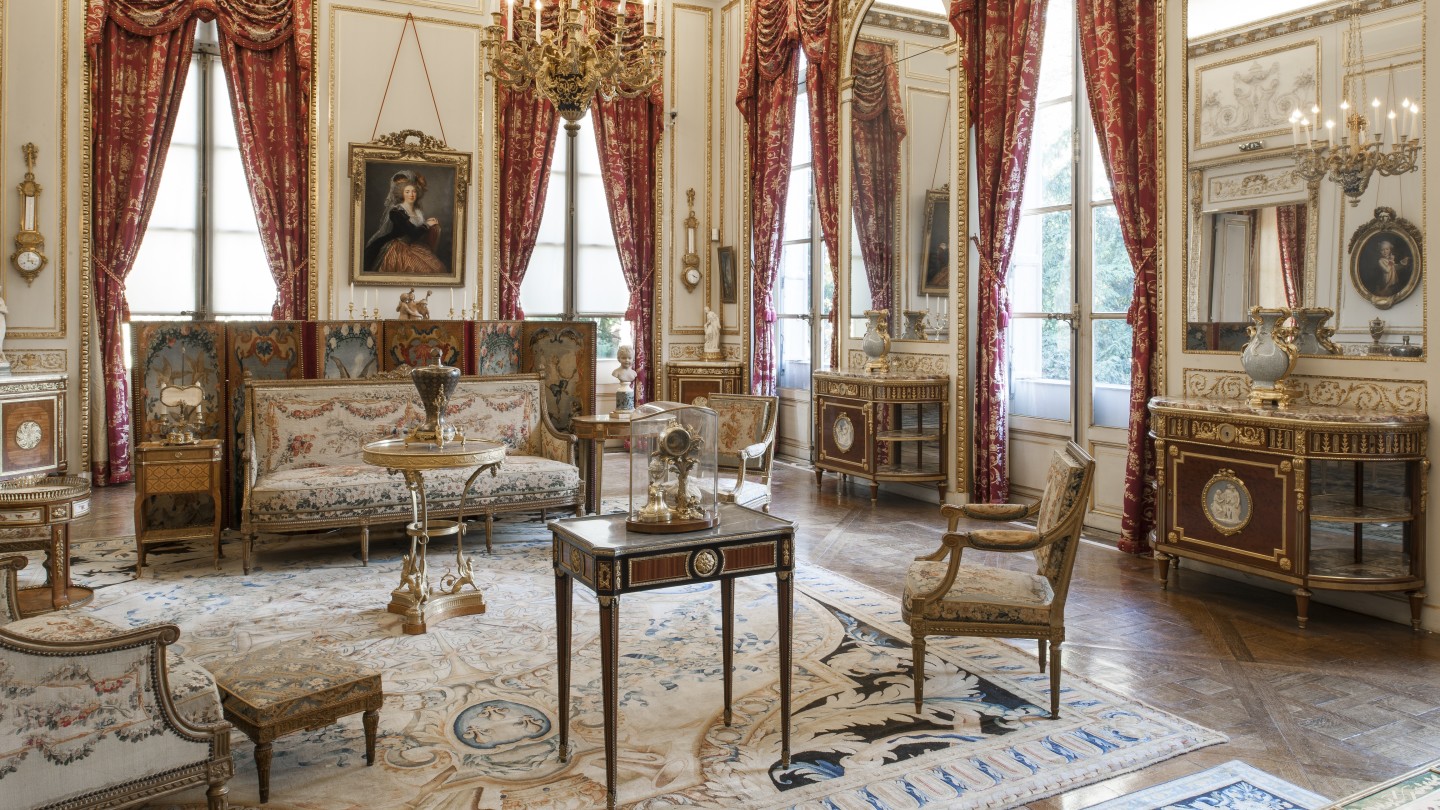
Roula Khalaf, Editor of the FT, selects her favourite stories in this weekly newsletter.
A tale of two collections in Paris
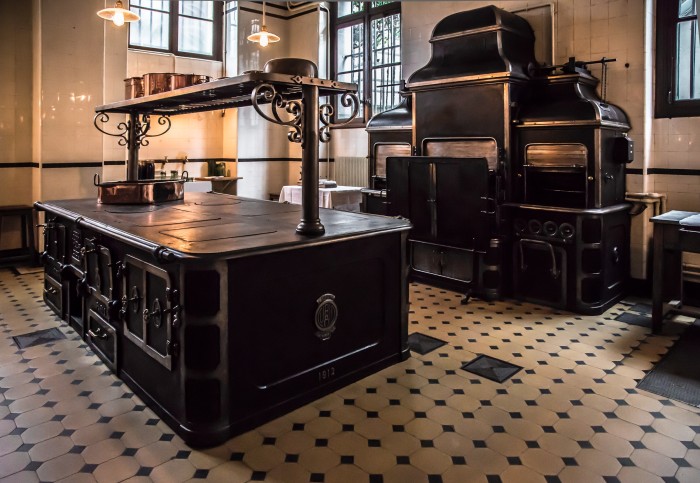
Paris is arguably the Euro capital of the house museum, with at least half a dozen worthwhile venues that carry the names, and stuff, of their former owners. Two that pack particularly satisfying decorative- and fine-arts patrimonies into fairly small, manageable spaces are the Musée Nissim de Camondo and the Musée Gustave Moreau. The former is one of the great collections of 18th-century furniture, amassed in the 19th by Moïse de Camondo, a prominent banker whose extensive Ottoman-empire interests funded his extraordinary habit. Many of the pieces come with illustrious provenance (Savonnerie rugs designed for the Louvre; a sewing table made for Marie Antoinette; silver service commissioned by Catherine II of Russia), all of it arrayed across an early-20th-century mansion which de Camondo modelled after the Petit Trianon.
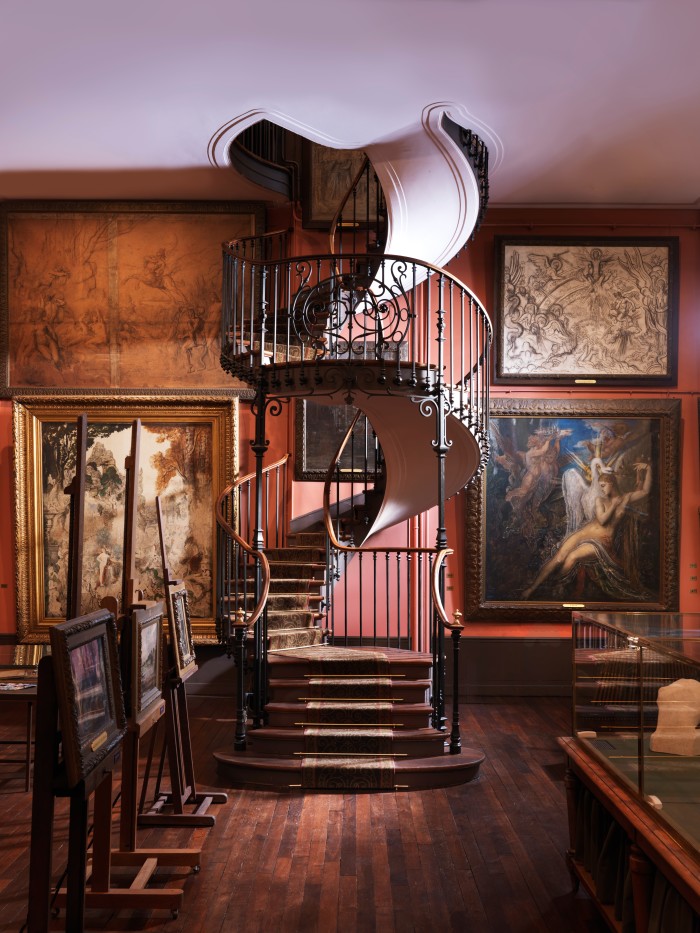
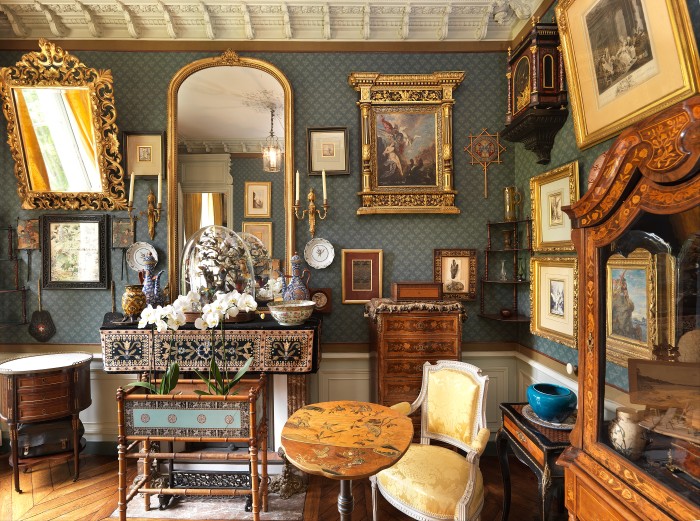
Over in La Nouvelle Athènes in the 9th arrondissement, meanwhile, is the Musée Gustave Moreau, which was the painter’s residence until he himself chose to make it a museum three years before his death in 1898. Its ground-floor apartment is now an exhibition space, through which paintings and drawings from the thousands-strong collection rotate. A glorious spiral stair on the second floor leads up to more studio space, as well as Moreau’s own apartment, maintained exactly as it was when he lived there – an elegant clutter of rooms clad in flocked wallpapers and lined floor to ceiling with framed work by or belonging to the artist. madparis.fr; musee-moreau.fr
Stay: the Hôtel des Grands Boulevards is the place to be on Boulevard Poissonnière; it has 18th-century bones matched nicely with some low-key modern design (a cool, aqueous palette, midcentury lighting, rustic carved-wood furniture to offset the scads of velvet). Rooms are small, but there is a lovely conservatory garden-restaurant, and a rooftop bar, The Shed, to compensate. From £200, grandsboulevardshotel.com
Hampstead’s (semi-) hidden gem
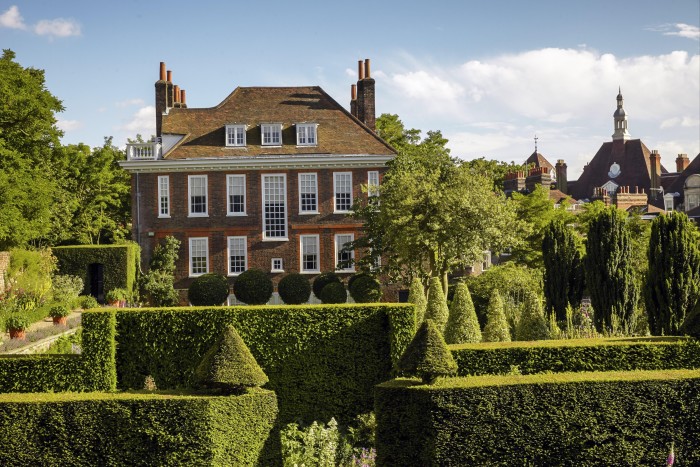
Fenton House in Hampstead Village has several things to recommend it. Besides the lovely walled garden, with its planted borders and orchard, there is its collection of keyboard instruments – pianofortes, clavichords, some dating to the 16th century (if you’re lucky you might see them put to use, played by visiting musicians and music scholars). The interiors themselves are a marriage of original 17th-century stairs, wood panelling and joinery, with later additions by one of the owners. The House hosts cultural events (Jarvis Cocker headlined The Idler Festival here this summer), and a Sunday-in-autumn visit pairs ideally with a tramp around the Heath. nationaltrust.org.uk
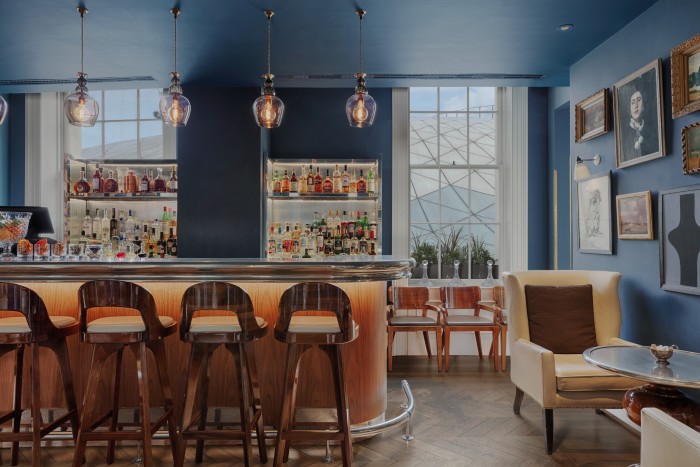
Stay: proximity to the Northern Line isn’t perhaps the most glamorous attribute, but the Great Northern Hotel, which straddles King’s Cross and St Pancras, has others, among which are its classic design, with timber floors and gleaming chrome light fixtures. From £308, gnhlondon.com
A five-storey time warp in Florence
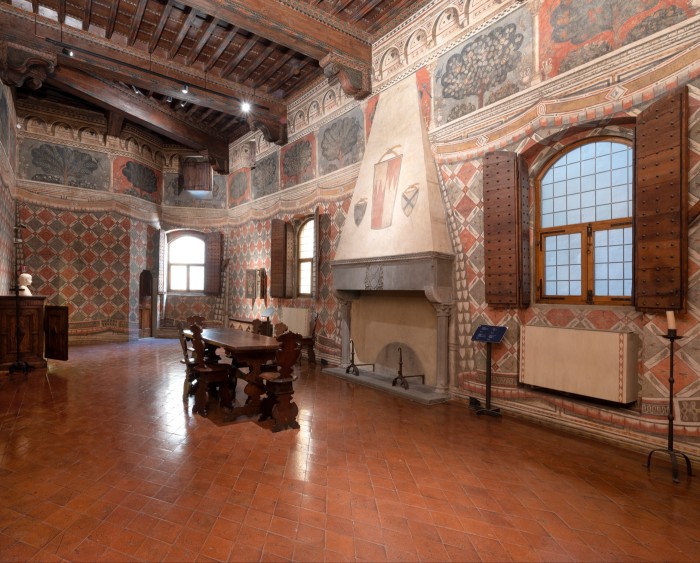
I should declare a bias with regard to the Palazzo Davanzati, also known as the Museo della Casa Fiorentina Antica: since 1990, when I first lived in Italy as a student, it’s been a go-to, for succour and safe harbour from the noise (literal and existential) of prosaic life; and whenever I visit Florence, which is a few times a year, I try to spend a meditative hour there. Built in the 12th century for the Davizzis, a wealthy banking and merchant family, it takes its name from the family that acquired it two centuries later and lived there until the mid-1800s.
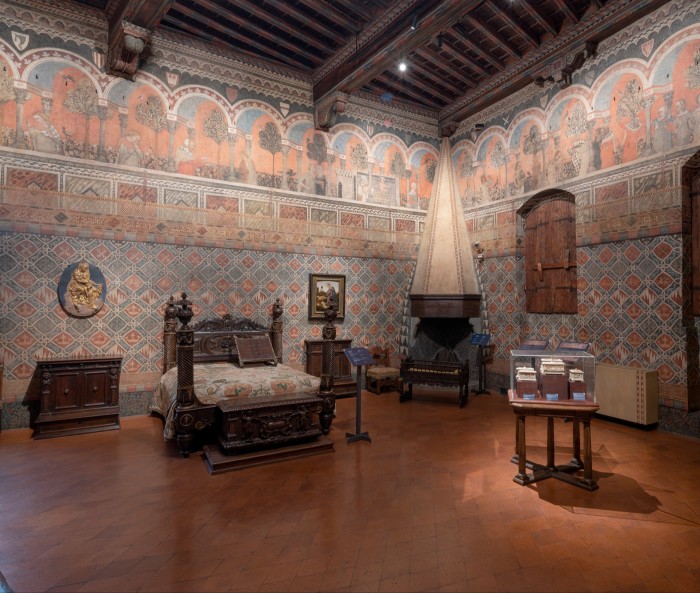
From the ornately frescoed walls and wood ceilings, to the baldachin beds and hand-carved baby cots, to the ancient leather bellows and iron pots in the kitchen, it is the closest thing to a wholly realised step back in time that I know of in the city. bargellomusei.beniculturali.it
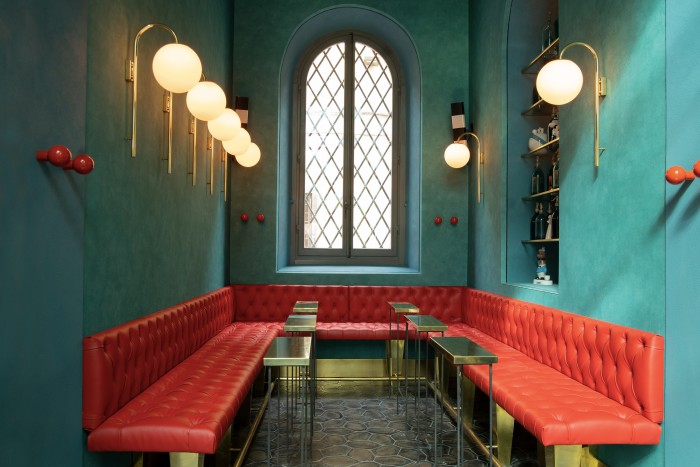
Stay: the kids love it – Piazza San Paolino (just a few blocks north-east of Palazzo Davanzati) is the latest from 25Hours Hotels, the Hamburg-based hoteliers who specialise in chic-and-slightly-bonkers interiors and buzzing food and drink outlets. Here, favourite Florentine bakers S.forno (themselves a spinoff of favourite restaurant Il Santo Bevitore) have advised on Alimentari, the café-food shop, so everything looks, and tastes, divine. From €169, 25hours-hotel.com
At home in LA with the Eameses
It feels fitting that the house Charles and Ray Eames built for themselves in 1949 is in Pacific Palisades, just above Rustic Canyon – today a monied LA suburb but back then far wilder, with brush-covered hillsides and stands of eucalyptus overlooking Will Rogers State Beach and the Pacific. You still get a sense of that landscape walking the grounds of the property, which is also known as Case Study House No 8, part of the Art & Architecture-sponsored experiments in contemporary living that ran from the mid-40s to the mid-60s.
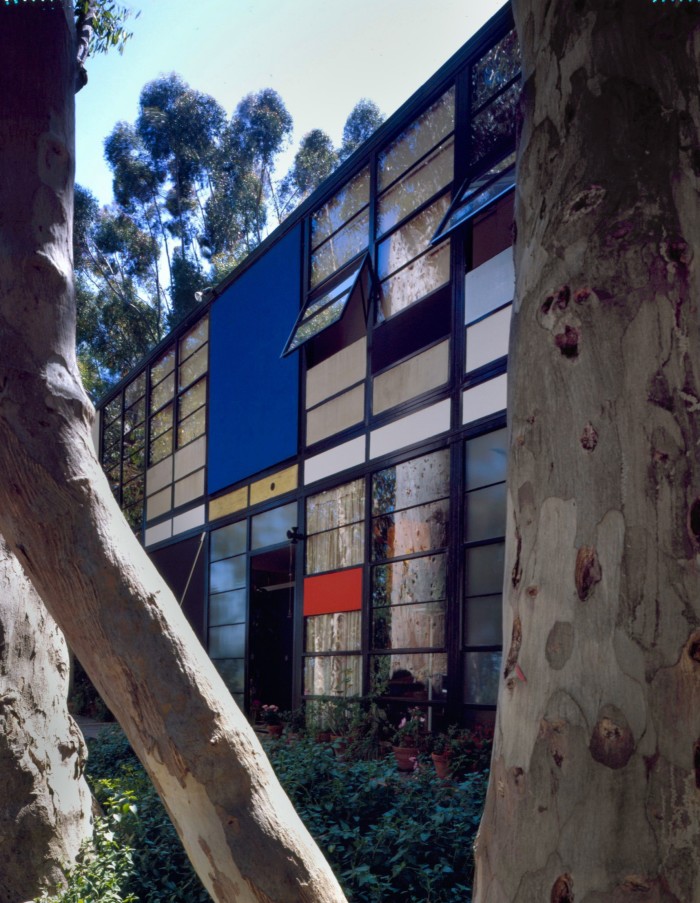
Everything about the interiors speaks to the openness and curiosity the husband and wife shared about design, craftsmanship and the wider world. Raw and minimally worked materials are privileged; Eames furniture designs are of course ubiquitous, but so are folk art, handmade porcelain and rare textiles. The House, which was closed to visitors for much of the past two years, has re-opened for private tours. eamesfoundation.org
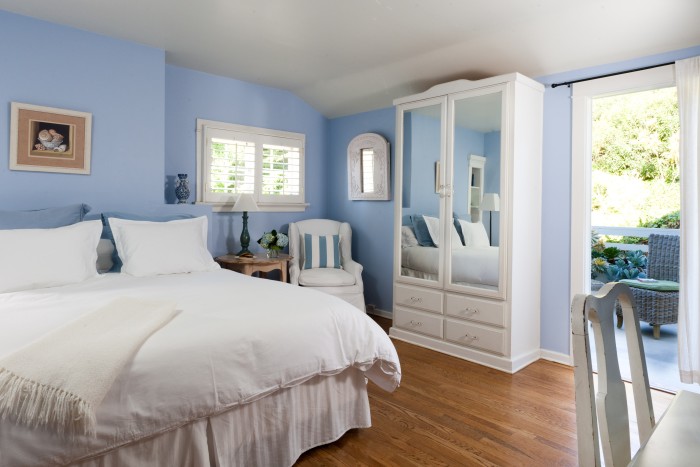
Stay: the Channel Road Inn is a Rustic Canyon stalwart, and a 10-minute walk (or two-minute drive) up to the Eames House. The B&B’s rooms are sweet rather than swank, exhibiting that typical LA mix of English cottage and surf shack. But there’s nothing else like it in the area; and Il Ristorante di Giorgio Baldi (masterful risottos, excellent celeb spotting) is a two-minute walk away. From $265, channelroadinn.com
Best of Barragán in Mexico City
Not many architects achieve renown such that they are singularly associated with the country they come from. Sri Lanka – as my friend the architect William Smalley recently examined in HTSI – lays claim to Geoffrey Bawa. Oscar Niemeyer is Brazil, as far as some aesthetes are concerned. And no modern Mexican architect is as linked to Mexico itself as Luis Barragán. Though his talent and brilliance are universally celebrated, he wasn’t especially prolific: but a few excellent examples of his residential work can be visited in the capital.
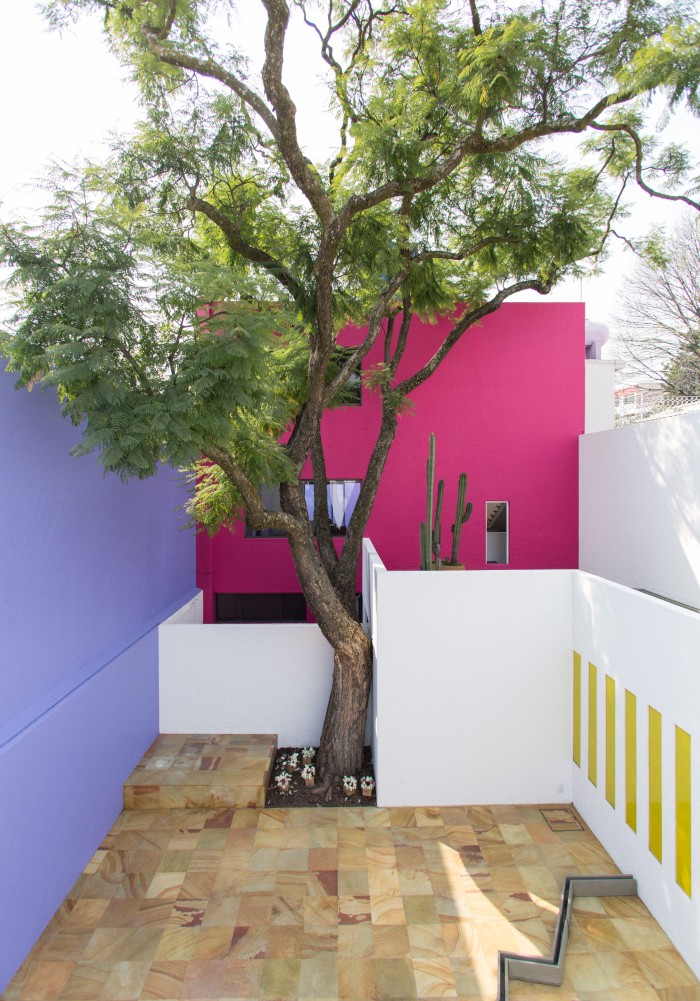
Casa Gilardi was his last, designed and built in the mid-1970s for the family that still lives there (who graciously open it up for private visits, which you should book well in advance). It’s among the most conceptually unencumbered – the most transparent, if you like – of his work (in 1980, DOMUS magazine noted his expressed wish to build, simply, a “beautiful house”). But with its underlit pool, its monochrome walls in bold colours and ample volumes that put natural light to structural work, it’s also quintessentially him. (If for whatever reason you can’t get in here, there is of course the Casa Luis Barragán itself, built in 1948, and open to group tours.) casagilardi.mx; casaluisbarragan.org
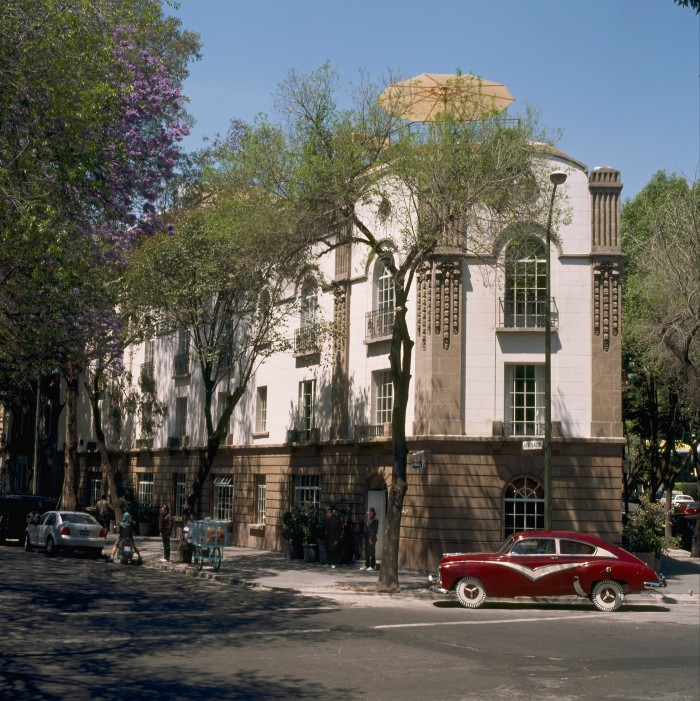
Stay: CondesaDF, which is only about a mile from Casa Gilardi, is the flagship hotel of Carlos Couturier and Moisés Micha’s Grupo Habita, and still one of the coolest stays in the city; its public spaces were designed by India Mahdavi, and the Corner Suites have floor-to-ceiling arched windows with gorgeous views over the Parque España (which you can also enjoy from the Japanese restaurant on the roof – even if you’re not staying at the hotel: it’s open to the public). From $380, grupohabita.mx
Comments